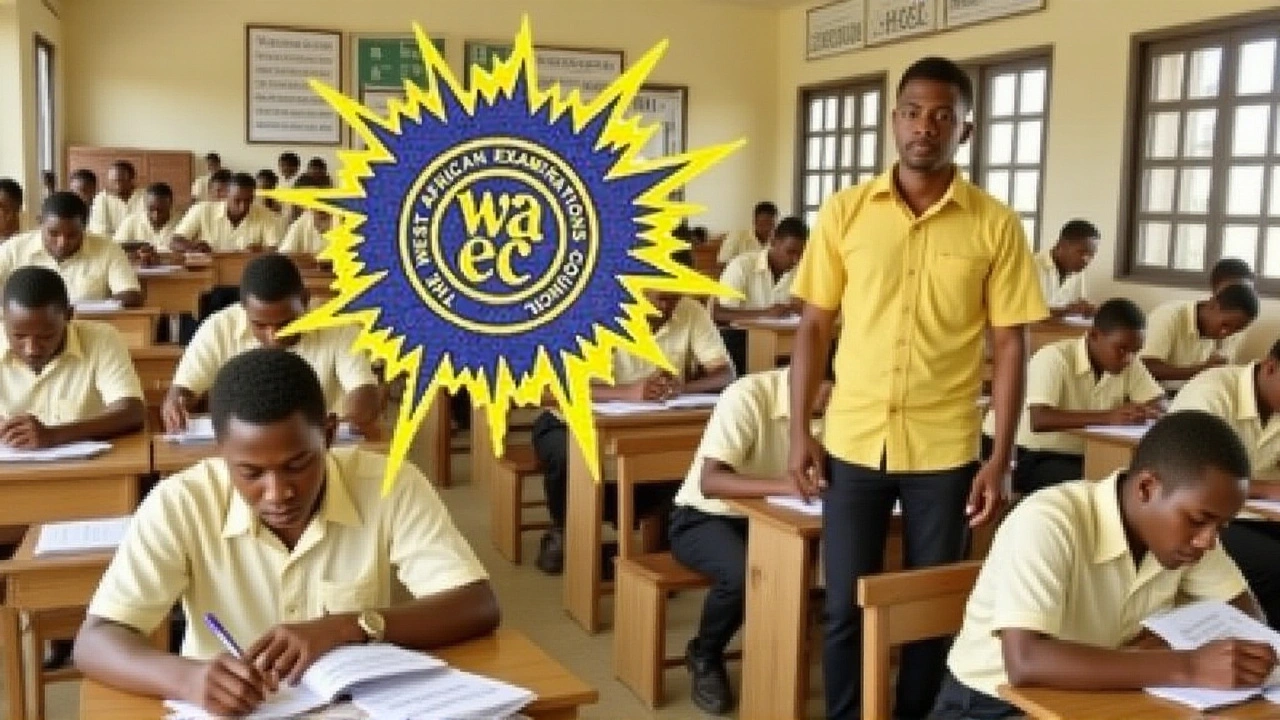
WAEC and JAMB Glitches Shake Nigeria's Exam System in August 2025
WAEC and JAMB faced major technical glitches in August 2025, delaying results for over a million students and sparking calls for reforms.
When dealing with exam glitches, unexpected problems that occur during the creation, delivery, or grading of examinations. Also known as assessment errors, it can distort scores, delay results, and create confusion for students and educators alike.
Exam glitches encompass grading errors, platform crashes, and mis‑communicated instructions. A simple mis‑keyed answer sheet turns a pass into a fail, while vague assessment policies let the same mistake snowball into a campus‑wide controversy. The link between glitches and grading errors is direct: when an error slips into the scoring algorithm, the final grade reflects the fault, not the student’s knowledge. That, in turn, forces schools to revisit their assessment policies, because clear rules can catch the mistake before it harms anyone. In short, exam glitches require solid assessment policies, and those policies reduce the chance that grading errors will swing a student’s future.
Online Testing Platforms, digital systems used to administer exams remotely have become the backbone of modern assessment, but they also open the door to new kinds of glitches. A server overload can freeze a timed test, a software bug can mis‑record answers, and a security breach can expose answer keys. These technical hiccups trigger exam glitches, which then demand a redesign of platform architecture and better backup procedures. When a platform fails, the grading engine may receive incomplete data, leading to inaccurate scores that ripple through the entire class. Institutions that invest in robust platform testing and real‑time monitoring find fewer glitches, because they catch technical faults before they touch the grading stage.
Beyond the tech, the human side matters too. Students often encounter unclear instructions or unexpected question formats, and when they raise concerns, the response hinges on the school's appeal process. Student Appeals, formal requests to review a contested exam result act as a safety valve for exam glitches. A well‑structured appeal can uncover a grading error, a platform glitch, or a policy loophole that skewed the outcome. The existence of a clear appeal pathway reduces the impact of glitches, because it gives students a way to get a second look without starting a campus‑wide scandal. Moreover, when appeals highlight recurring glitches, they push administrators to tighten assessment policies and upgrade their online testing platforms.
Putting it all together, exam glitches sit at the intersection of technology, policy, and human oversight. They encompass grading errors, stem from online testing platform faults, and are mitigated by student appeals and solid assessment policies. Understanding these connections helps educators spot trouble early, students know their rights, and institutions build more reliable exam systems. Below you’ll find a curated set of stories and analyses that dive into real‑world examples of each of these pieces, giving you a richer picture of how exam glitches play out and what can be done to keep them in check.

WAEC and JAMB faced major technical glitches in August 2025, delaying results for over a million students and sparking calls for reforms.